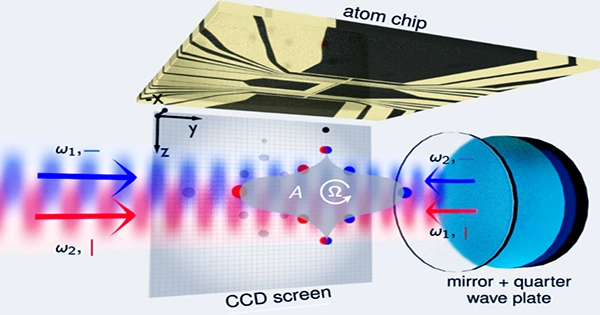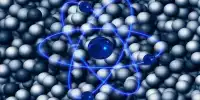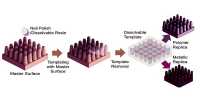Scientists can now image a single cold atom in a fraction of a second, a significant technological advancement in the study of quantum physics at the atomic level. The method known as super-resolution imaging was crucial to this success. This microscopy method has utilized in biological and chemical research to circumvent the resolution limitations imposed by the diffraction limit.
This research solidly establishes this technique in quantum mechanics. The findings have been published in Physical Review Letters. It is easier said than done, but researchers from China’s University Of Science And Technology have successfully applied the approach to a single cold atom trapped in an ion trap. This is the first time a single cold ion is imaged directly in super-resolution.
The researchers were able to obtain positional accuracy of 10 nanometers and a time resolution of 50 nanoseconds, which is a 10-x improvement over fluorescence imaging. Those are incredible figures to be able to reach. The researchers believe the method will be particularly beneficial for studying the properties of cold atoms in ion traps, such as their locations, momenta, and correlations. They also believe it is possible to improve it further, potentially lowering the spatial resolution below the 10-nanometer limit.
While 10 nanometers may seem small, it is still 22 times the diameter of the Ytterbium atom seen in this study. It is vital to recognize how close this gets us to the atomic world, as well as the difficulty in imagining something so small where quantum mechanical phenomena take over. The ability of particles to hit your target is another important aspect of imaging. In an optical microscope, photons are employed, whereas in an electron microscope, electrons are used. When examined at our size, we would not notice the effect of bouncing photons, but when you are a small atom, photons may pack a punch.
The researchers believe the technology can also be employed in cold ion traps with numerous atoms, which are commonly used. Other cold atom techniques, including optical lattices, neutral atom optical tweezers, and cold atom-ion hybrid systems, are also compatible with this method. This technique has given us a completely new perspective on the atomic world.














